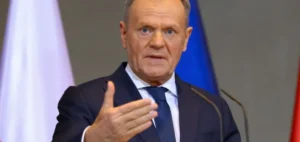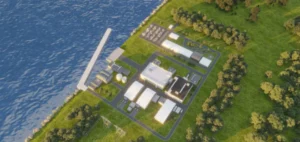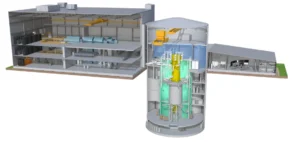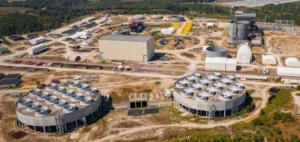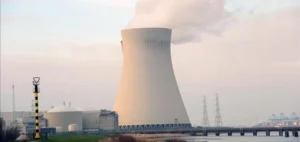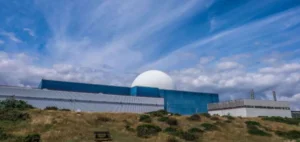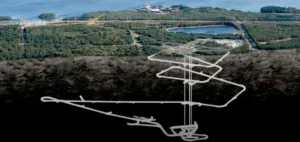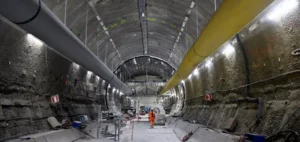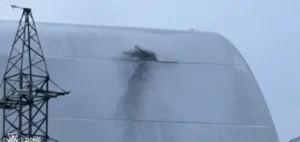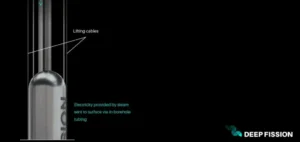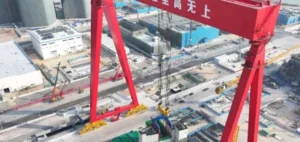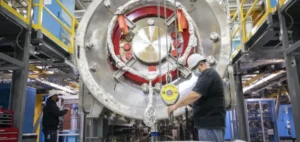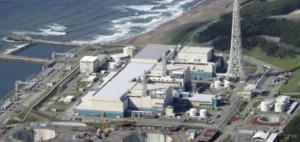At an Atlantic Council event, Minister Pichetto set out the Italian position ahead of the G7 ministerial meeting in Italy. Currently, one third of the country’s energy comes from renewables and two thirds from fossil fuels. The plan is bold: to reverse these proportions by 2030. However, Pichetto stressed the importance of considering nuclear power in the short and medium term to contribute to the goal of carbon neutrality by 2050. He highlighted the government’s investment in the research and development of Small Modular Reactors (SMRs) and nuclear fusion, with a view to avoiding the numerous crises and energy price rises that have already affected the country.
Geopolitical impact and environmental benefits
The Minister emphasized the environmental benefits of this new nuclear direction, but also its ability to protect Italy from geopolitical shocks. He also revealed Italy’s participation in the European industrial alliance to develop SMRs. This initiative represents not only an environmental step, but also a strategic one, strengthening the country’s energy autonomy.
History and review of nuclear policy
Italy closed its last nuclear power plants in 1990, following a post-Chernobyl referendum. However, the Fukushima accident in 2011 prompted a moratorium on nuclear power, freezing plans to reactivate the abandoned nuclear program. But the public climate has changed, and in May 2023 the Italian Parliament encouraged the government to consider nuclear power in the national energy mix. In September, the first meeting of the National Platform for Sustainable Nuclear Power was held to define the timetable for the possible resumption of nuclear power in Italy.
Italy, with its plans to reintroduce nuclear power and its commitment to SMRs, is at the forefront of Europe’s energy transition. This turning point could not only transform the Italian energy landscape, but also influence global energy dynamics.




